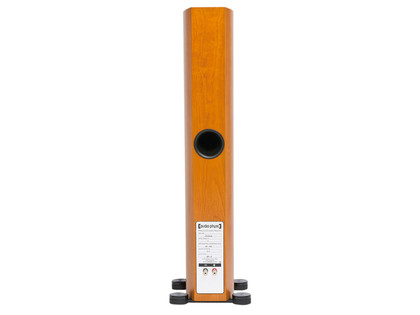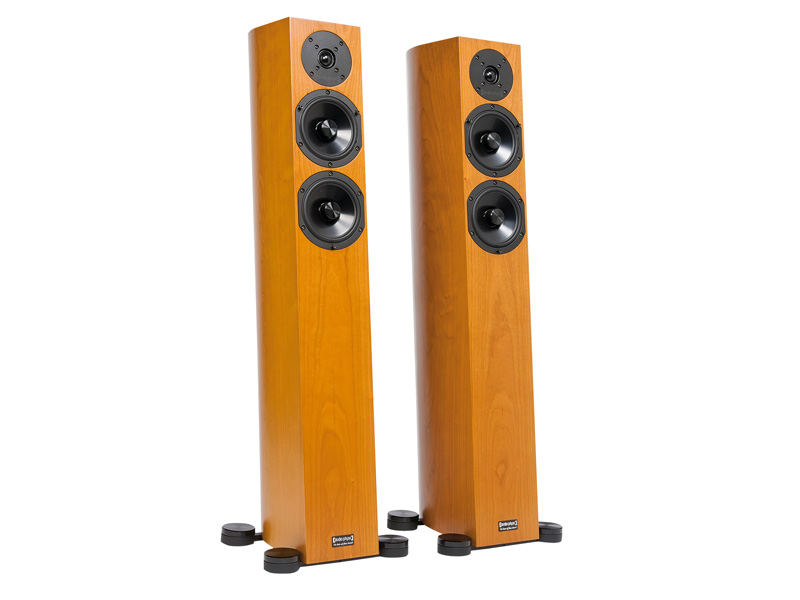TechRadar Verdict
Solidly designed with some really nice features. The sound quality is also very high but we feel the balance could be something of an acquired taste
Pros
- +
Nice clean sound
- +
Well built
- +
Good voice
Cons
- -
Bass could be smoother
- -
Midband is a bit warm
Why you can trust TechRadar
The Sitara hi-fi speaker is one of the less costly models in Audio Physic's portfolio and replaces the Spark. At £1,950 per pair, the Sitara is £450 more than the Spark cost four years earlier, much of which is due to the appreciation of the Euro against the Pound over the interregnum.
A most attractive-looking speaker, it combines an unusually slim front with elegantly curved sides and a pronounced (seven degrees) backward tilt, to create a classy speaker that oozes elegant discretion. A spirit level is even included with the accessories.
The curved sides – wider in the middle than at the front and back edges – should increase the panel stiffness and help avoid the parallel faces that create standing waves, while the backward tilt ought to assist mid-to-treble time-alignment.
Our samples came in a very smooth and attractive cherry real-wood veneer, one of seven alternative finishes available: five different woods, plus high-gloss black or white.
Four steel outriggers with plastic trim pieces are screwed into the bottom surface to extend the stability footprint and also provide secure spike-fixing.

LOCKING NUTS: The locking nuts for the speaker cable are made of plastic, offering a secure fit
Thumbwheels act as lock-nuts here; interestingly (not to mention somewhat ironically), because these are made of plastic rather than metal, they're actually more secure and as a result, offer a much tighter fit – other manufacturers please take note!
Sign up for breaking news, reviews, opinion, top tech deals, and more.
There are three drive units in toto here – a 27mm soft-dome tweeter for the treble, plus two 135mm main drivers with cast alloy frames, 100mm plastic cones and large cylindrical central pole piece extensions.
Though apparently identical, the latter pair operate in a two-and-a-half-way configuration, the lower unit just operating through the bass region up to 500Hz, while the upper main driver covers both the bass and midrange frequencies.
Driver output is supplemented by a rear port set well above a solitary pair of highclass WBT terminals that are mounted on a substantial alloy panel and deliberately mechanically decoupled.
Sound quality
The Sitara not only looks very elegant it sounds that way, too. It may not have the most dynamically vigorous sound around, but the overall quality is very well judged within the inevitable limitations imposed by the price and engineering constraints.
This is not a large loudspeaker and while many will regard that as a positive virtue in itself, it does mean there's some lack of weight and scale compared to larger and more muscular designs. What bass there is could be smoother, but it's attractively clean, lively and purposeful, so one is rarely conscious of its limitations.
The lower midband has a little too much warmth and a mild degree of texture thickening, but the upper mid and presence voicing is exceptionally well-judged. Here the Sitara sounds beautifully coherent, sweet and expressive, delivering well-focused stereo images with plenty of air, fine perspectives and an impressive freedom from boxy effects.
The treble is also smooth and open without ever drawing unwelcome attention to itself.
Follow TechRadar reviews on Twitter: http://twitter.com/techradarreview
